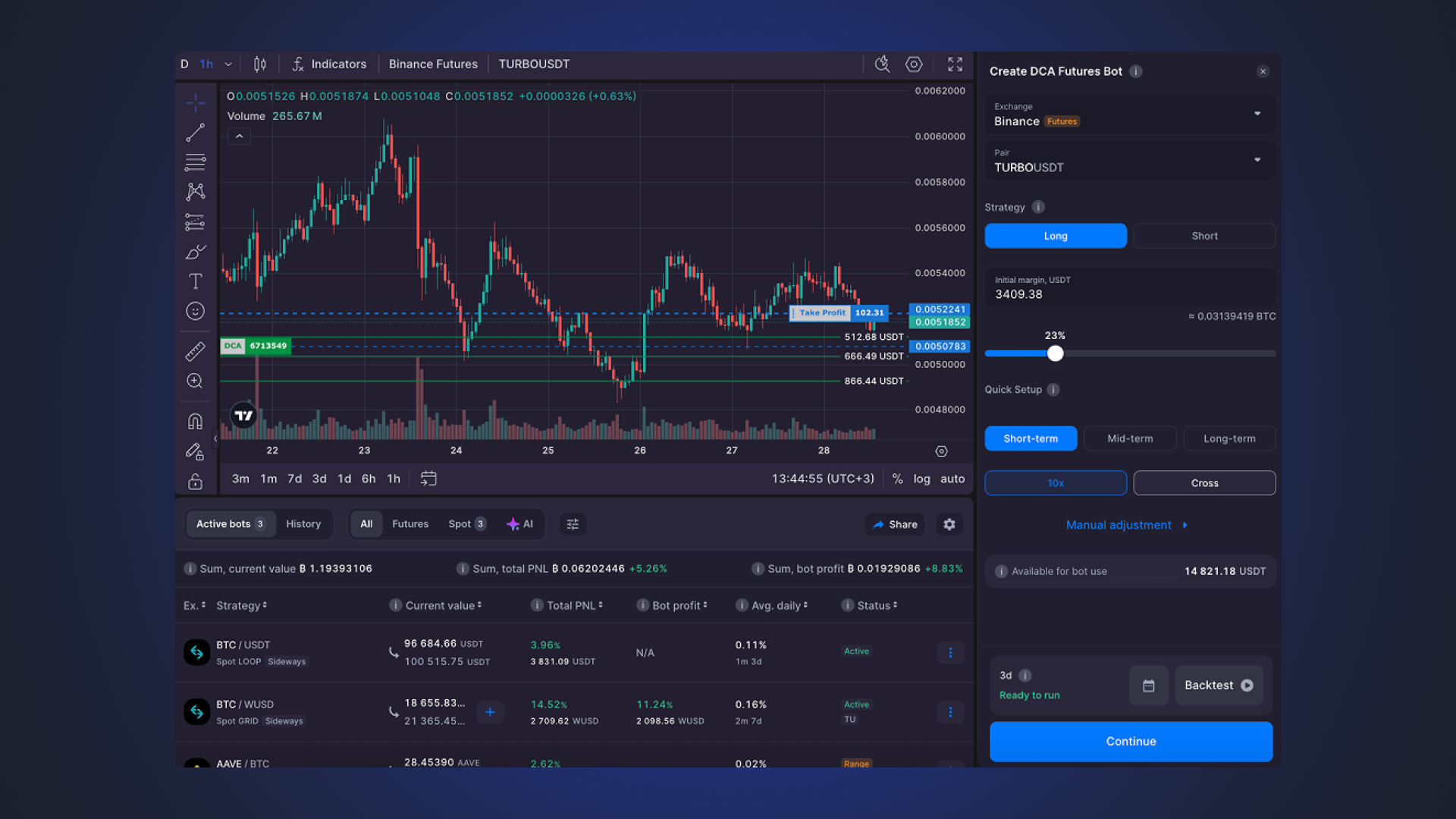
In 2025, the landscape of decentralized finance is defined by perpetual DEXs offering lightning-fast trading, deep liquidity, and continuous markets. For sophisticated traders seeking to capitalize on fleeting price inefficiencies, arbitrage on perps DEXs has become a high-stakes game of speed, precision, and risk management. This article explores the most effective strategies for executing fast arbitrage on platforms like Hyperliquid-Style Perps and dYdX v4, while dissecting the critical risks that every market participant must navigate.

Cross-DEX Latency Arbitrage: Capitalizing on Microsecond Gaps
Cross-DEX latency arbitrage is at the heart of modern perpetual DEX trading. As liquidity fragments across platforms such as Hyperliquid-Style Perps, dYdX v4, and Vertex, subtle price discrepancies arise, sometimes lasting mere milliseconds before being corrected by market forces. Traders who deploy ultra-low-latency infrastructure can monitor these gaps in real time and execute offsetting trades to lock in profits before prices converge.
The key to success lies in leveraging direct smart contract interactions and optimizing order routing for speed. For example, when Bitcoin perpetuals trade at a $20 premium on Hyperliquid-Style Perps compared to dYdX v4, a well-timed arbitrage bot can simultaneously buy low and sell high across both venues. The profit is often slim per trade but can accumulate rapidly with scale and automation.
If you’re serious about low-latency crypto trading, building or subscribing to infrastructure that minimizes network hops and transaction confirmation times is essential. Some traders even colocate servers near validator nodes or utilize custom RPC endpoints for an edge measured in microseconds.
Real-Time Arbitrage Bots and Aggregators: Automation Is Non-Negotiable
The speed at which opportunities appear and vanish on perpetual DEXs makes manual trading nearly obsolete for arbitrageurs. Real-time arbitrage bots and aggregators are now foundational tools for anyone aiming to compete effectively. Platforms like Hummingbot offer open-source frameworks tailored for decentralized exchanges, while Flashbots bundles provide advanced transaction ordering capabilities directly at the blockchain mempool level.
Bots continuously scan order books across multiple DEXs, Hyperliquid-Style Perps included, identifying profitable spreads based on real-time data feeds. When conditions align (for instance, a 0.1% spread between two major venues), these bots execute trades atomically to capture the difference before it’s noticed by competitors or closed by natural market activity.
Custom Python scripts remain popular among quantitative teams who require bespoke logic or want to integrate proprietary risk controls. Aggregator tools further enhance execution quality by routing orders through the optimal path across several exchanges simultaneously, maximizing fill rates while minimizing slippage.
Smart Contract Risk and MEV Exploits: Navigating Invisible Hazards
No discussion of arbitrage risks on decentralized exchanges would be complete without addressing smart contract vulnerabilities and Miner Extractable Value (MEV) exploits. While perpetual DEX protocols are audited extensively, history has shown that even minor flaws can have catastrophic consequences, as seen with GMX’s $42 million reentrancy exploit in July 2025.
MEV attacks, including front-running and sandwiching of arbitrage trades, are another persistent threat. On networks like Arbitrum in 2025, sophisticated bots have captured over $550 million by exploiting transaction ordering ahead of large perps trades, often leaving slower traders with failed transactions or adverse fills.
The best defense is vigilance: monitor protocol upgrades closely, diversify exposure across multiple venues (including those with robust anti-MEV measures), and implement fallback logic within your bots to detect suspicious mempool activity or revert trades if execution conditions deviate from expectations.
- Learn more about crypto arbitrage strategies in 2025
- Tips for optimizing low-latency trading infrastructure
- Comparing top perp DEXs by trading volume growth
To further insulate your strategy from the evolving threat landscape, it’s crucial to stay proactive. Subscribe to security advisories from leading DEXs and participate in governance discussions that could impact protocol behavior. The speed advantage gained through low-latency execution is only as valuable as the safety of your capital, never underestimate the compounding effect of a single exploit or failed upgrade.
Building a Resilient Arbitrage Workflow: Best Practices for 2025
Executing fast arbitrage on perps DEXs in 2025 demands more than just technical prowess. It requires a holistic workflow that balances speed, automation, and risk management. Here are some key practices:
- Continuous Monitoring: Deploy bots that not only scan for price gaps across Hyperliquid-Style Perps, dYdX v4, and Vertex but also monitor smart contract events and network congestion.
- Redundancy: Maintain backup nodes and RPC endpoints to avoid downtime during volatile periods or planned protocol upgrades.
- Atomic Execution: Use transaction bundlers to ensure both sides of your arbitrage are executed together, reducing the risk of partial fills or exposure to adverse price moves.
- Diversification: Spread risk by operating across multiple DEXs and chains, never rely solely on a single venue or bot implementation.
Real-World Example: Hyperliquid-Style Perps Arbitrage in Action
Imagine you spot a $15 spread between Bitcoin perpetual contracts on Hyperliquid-Style Perps and dYdX v4. Your real-time bot instantly submits a buy order on the cheaper exchange while selling short on the pricier one. With ultra-low-latency routing, both trades settle within seconds, locking in profit before natural market forces erase the inefficiency. This is modern arbitrage: relentless, automated, and fiercely competitive.
Final Thoughts: Staying Ahead in the Arbitrage Arms Race
The arms race for arbitrage on perps DEX platforms is more intense than ever in 2025. As protocols like Hyperliquid-Style Perps continue optimizing for lower latency and deeper liquidity, only those who combine technical sophistication with robust risk controls will thrive. Whether you’re building custom Python bots or leveraging advanced aggregators, always respect the invisible hazards, smart contract bugs, MEV exploits, and shifting governance landscapes, that can upend even the best-engineered strategies.
If you’re ready to compete at this level, or simply want to understand how professionals operate at the bleeding edge, keep learning from live market data and peer insights. The future of decentralized trading belongs to those who move quickest while thinking deepest about risk.







